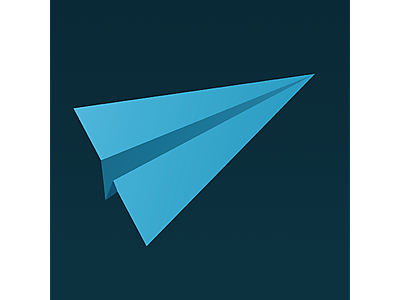What Constitutes an "Open" Platform
Posted by David Richards on December 28, 2018, 12:25 PM EST

There is no rigid, hard and fast definition for what constitutes an open platform. Rather, arriving at an answer for whether a solution is open versus proprietary/closed is somewhat akin to the adage penned by SCOTUS Justice Potter Stewart when remarking as to what constitutes pornography — "[You] know it when [you] see it”.
The same is true here. "Openness" is not a binary determination; it's found along a continuum. The way we think about it is the more open the approach, the more it incorporates amounts of the following six elements:
Open Standards: Technology standards that are publicly available and have associated use rights. The IETF’s SMTP and TCP/IP are examples of global open standards. In most cases open standards are much narrower in scope/impact though no less important.
Open Source Software: This is software that falls under an OSI license and is generally free, always modifiable at the source code level, and can be broadly re-distributed. Linux is perhaps the poster child for such products.
Open Code Software: This is a less prescribed class of software. It’s characterized as free or inexpensive and modifiable at the source code level and redistributable under agreed upon parameters.
Open Programming Languages: The popular PHP and Python languages are entirely open source while Java, one of the world's most influential programming languages, is mostly open source. As contrast, a language like Salesforce’s Apex is proprietary.
Open APIs: Often referred to as public APIs, these are publicly available application programming interfaces that provide developers with programmatic access to proprietary software applications or web services.
“Open-Shoring”: This is a term we use internally. It's relevant because the cost, availability and quality of technology talent varies greatly across the globe. Open-Shoring (also referred to as "Right-Shoring") balances the use of domestic/onshore resources with offshore assets.


